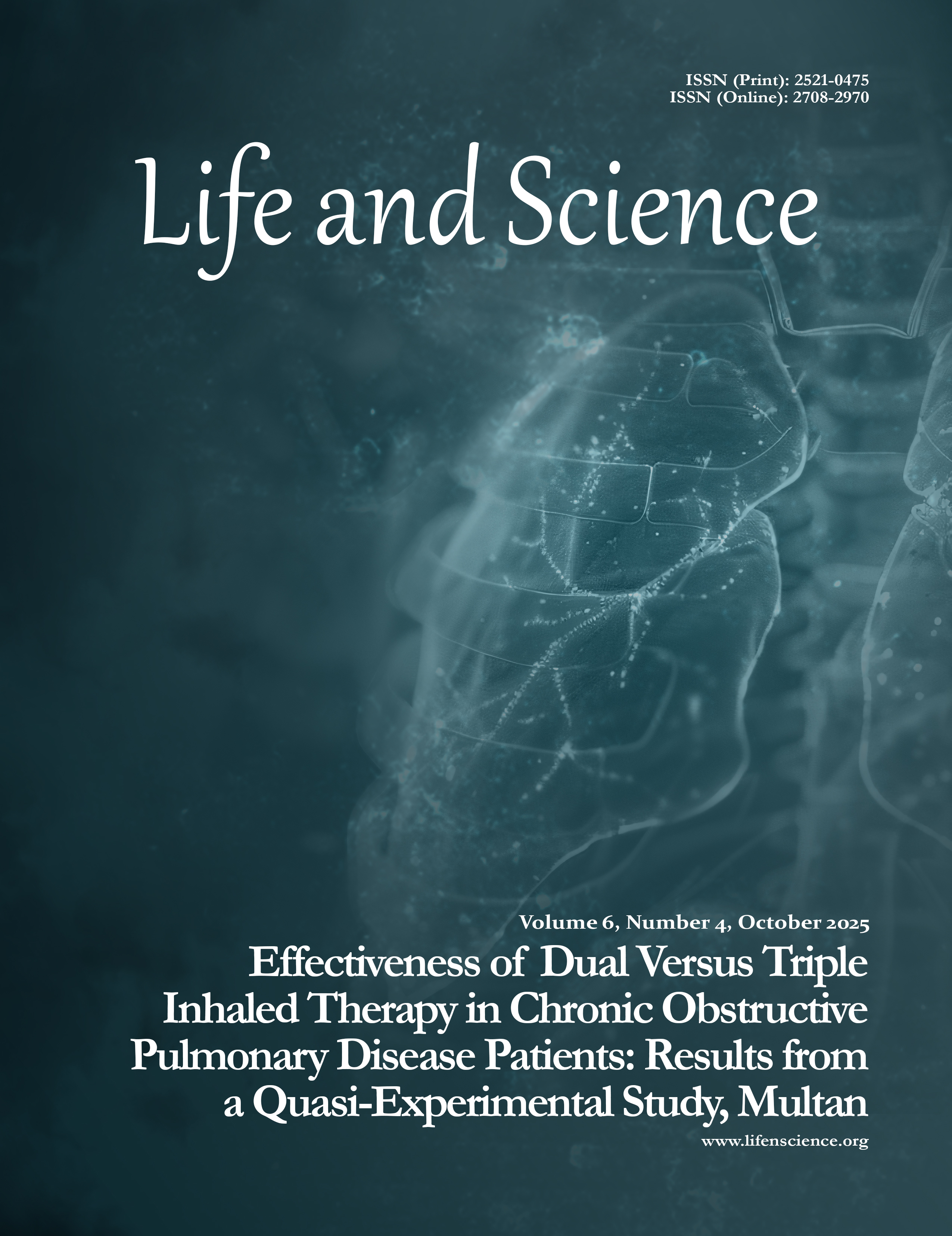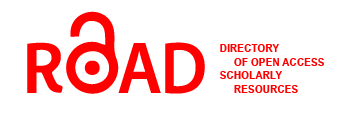Antenatal Umbilical Cord Coiling Index and Adverse Perinatal Outcome: A Prospective Observational Study at A Tertiary Care Hospital in Multan
Abstract
Objective: The study aims to determine the association between antenatal umbilical cord coiling index (aUCI)
measured by Color Doppler ultrasonography in the late second trimester and adverse perinatal outcomes.
Study Design: Prospective observational study.
Place and Duration of Study: This study was conducted at the Department of Radiology, Combined Military
Hospital, Multan, Pakistan from 1st January 2022 to 30th September 2022.
Methods: The study sample included 173 pregnant females aged 20-35 years. Females presenting at
gestational age 20-24 weeks with a singleton pregnancy for a routine fetal anomaly scan were consecutively
included after informed consent. The aUCI was calculated by taking the average of the reciprocal value of the
distance (cm) between coil pairs at 03 different points in the middle segment of the umbilical cord. The subjects
were categorized based on aUCI <10th percentile, between 10th and 90th percentile, and >90th percentile,
respectively. All subjects were evaluated at delivery for perinatal outcomes, including mode of delivery,
preterm delivery, low birth weight (LBW), intrauterine growth retardation (IUGR), APGAR score, admissions to
the neonatal intensive care unit (NICU), and perinatal death. All the data was statistically analyzed. P-value
<0.05 was considered significant.
Results: Out of 173 females, 97 were primigravida. Mean aUCI was 0.37 ± 0.073. The frequency of abnormal
coiling index was 18.5%, 17 (9.8%) were categorized as hypercoiled, and 15 (8.7%) as hypocoiled. Hypocoiled
index was significantly associated with preterm (RR= 7.54, P=.006), LBW (RR= 10.96, P=.001) and admission to
NICU (RR= 6.36, P=.012) while hypercoiled index was significantly associated with perinatal death (RR= 6.58,
P=.010), preterm (RR= 6.28, P=.012), admission to NICU (RR= 5.08, P=.024) and LBW (RR= 5.44, P=.020).
Conclusion: Abnormal antenatal umbilical cord coiling index is associated with various adverse perinatal
outcomes. Thus, its measurement can help in identifying high-risk pregnancies.
How to cite this: Latif A, Zahra S, Aziz S, Aziz M, Sadiq N, Iftkhar A. Antenatal Umbilical Cord Coiling Index and Adverse Perinatal Outcome: A Prospective Observational Study at A Tertiary Care Hospital in Multan. Life and Science. 2025; 6(4): 510-515. doi: http://doi.org/10.37185/LnS.1.1.771
Copyright (c) 2025 Atif Latif, Shabeeh e Zahra, Sadaf Aziz, Mubashrah Aziz, Nausheen Sadiq, Ammara Iftkhar

This work is licensed under a Creative Commons Attribution-NonCommercial 4.0 International License.

















